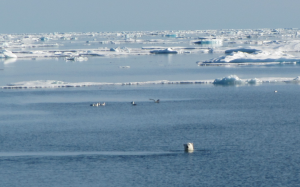
Approach your career as if you were growing a tree, not building a house
Today marks the 10-year anniversary of being awarded my doctorate. Time flies! And as good a time as any to reflect on my career so far. I recently read the…

